Diving with Giant manta is a dream for many divers
About Giant Oceanic Manta Ray...
2. Where do giant mantas live?
3. How big are the largest Rays on the planet?
4. What colours are Oceanic mantas?
5. What do Mobula birostris eat?
6. Are Oceanic Giant Manta endangered?
7. Can Mantas jump out of water?
8. How to dive next to Giant Oceanic Mantas?
Giant VS Reef Manta:
To differenciate the Birostris from the Alfredi, beside the obvious size difference check :
- colour on the inside of its cephalic fins: black for the Birostris and pale on the Alfredi
|
- the black pattern on their back has the shape of a T for birrostris / Y for Alfredi
- the ventral pattern is also quite different, birrostris has most of the dots around the lower abdomen while reef manta has most spots between the gills - tail base shape: Oceanic manta has a knob-lile bulge at the base of its tails, reef manta doesn't. |
|
5 smaller Mobulas rays species exist within the family Mobulidae Family, such as Devil rays which can easily be mistaken for mantas.
Check the position of the mouth and the base of their tail to tell them appart:
While both Mantas and devil rays have this recognisable diamond shaped body and forward facing cephalic fins; Mantas Rays' mouth face forward while devil rays' mouth face downward, devil rays' body is more pointy than Manta's body and their tails has a spine mantas don't have.
While both types of manta are pelagic, Giant Oceanic mantas will usually live in the open ocean while reef mantas stay a little closer to their residential reef. Both types are known to migrate but the reef manta will go for shorter periods of time than the giant oceanic mantas.
|
Mobulas birostris are the bigger ray in the world. They diamond shaped bodies can grow up to 7 meters in diameter, the reef mantas are only reaching 5.5 meters, whereas the devil rays / mobulas are closer to 2 meters.
The biggest giant manta ever recorded was 9 meters and weighted over 2 tones! They are using these giant pectoral fins to propel themselves in the water and can go really fast! Manta Rays are also believed to be very intelligent as they have the biggest brain-to-size ratio among the cold-blooded fishes. |
|
Once known as exclusively filter feeder, just like other ocean giants, such as whale shark, basking shark or blue whale, a recent study shows that giant oceanic mantas only get 27% of their nutrients by filtering the water through their gills for zooplankton. In the shallow waters they can regularly be observed using their cephalic fins as a funnel to bring small crustaceans floating in the columns of water toward their mouth. But apparently, Professor Anthony Richardson, discovered in 2016 that 73 % of their diet came from "mesopelagic" sources including deep seas fish found at depth from 200m to 1000m.
|
The International Union for Conservation of Nature (IUCN) declared manta rays as ’vulnerable’ in 2011. The Manta Trust and Marine Megafauna foundations are both working globally to research and protect the mobulae family and their habitats.
Their gills is still in high demand mostly by the traditional chinese medecine market.
Their size make them particularly susceptible to entanglement in fishing nets even when they are not voluntarily fished out.
Overfishing has the real potential to wipe out large numbers of giant oceanic mantas due to the fact that they live so long and reproduce so little.
Although they are protected in international waters and by laws of certain countries, they travels often through unregulated waters and are still being fished all over the world.
But sighting Giant oceanic mantas jump is rare. We have been lucky to get a photo below of a Manta birostris jumping at Black Rock (Burma).
Giant mantas are usually seen by divers swimming alone or in groups or visiting cleaning stations hovering over the reef to let the cleaner wrasse eat their parasites.
Have you ever seen a giant manta ray jumping out of water?
|
Giant mantas are wild, sensitive creatures, follow these guidelines to dive with Mantas in an ethical manner:
- don't splash the water while entering it and use your fins below the water. - approach mantas from where they can see you (their side) and no less than 3 meters from them - do not chase & do not touch! |
Size: 7 meters from wing to wing
Mass:1,600 kg (Adult)
Scientific name: Manta birostris
Conservation status: Vulnerable (Population decreasing)
Family: Mobulidae
Lifespan: 40 to 50 years
Estimated value of giant mantas: Every year tourists spend an estimated US$140 million to see manta rays in the wild.
Our photos of Giant oceanic mantas in Thailand and Myanmar
When did we last see manta rays check out search result for Manta Rays to find all article where they were mentioned.
Want to see these gentle giants? Join us for a cruise of a lifetime, let's go diving in Myanmar or on Surin and Similan islands in Thailand.


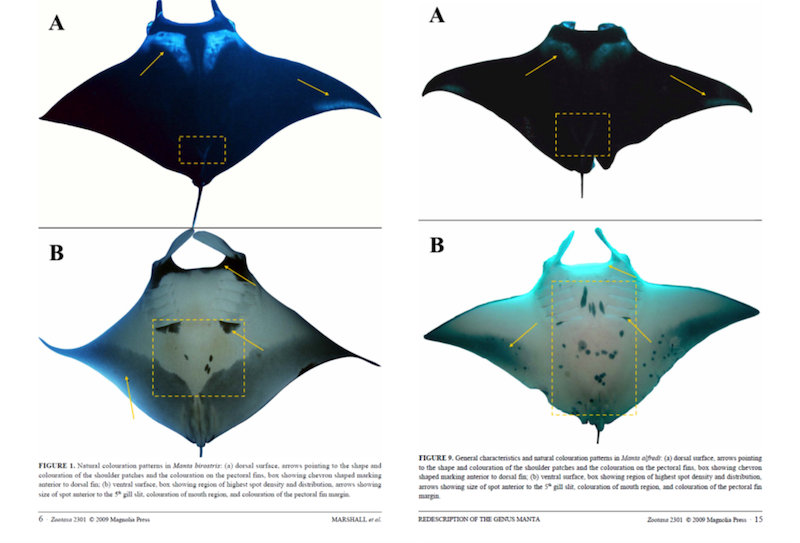
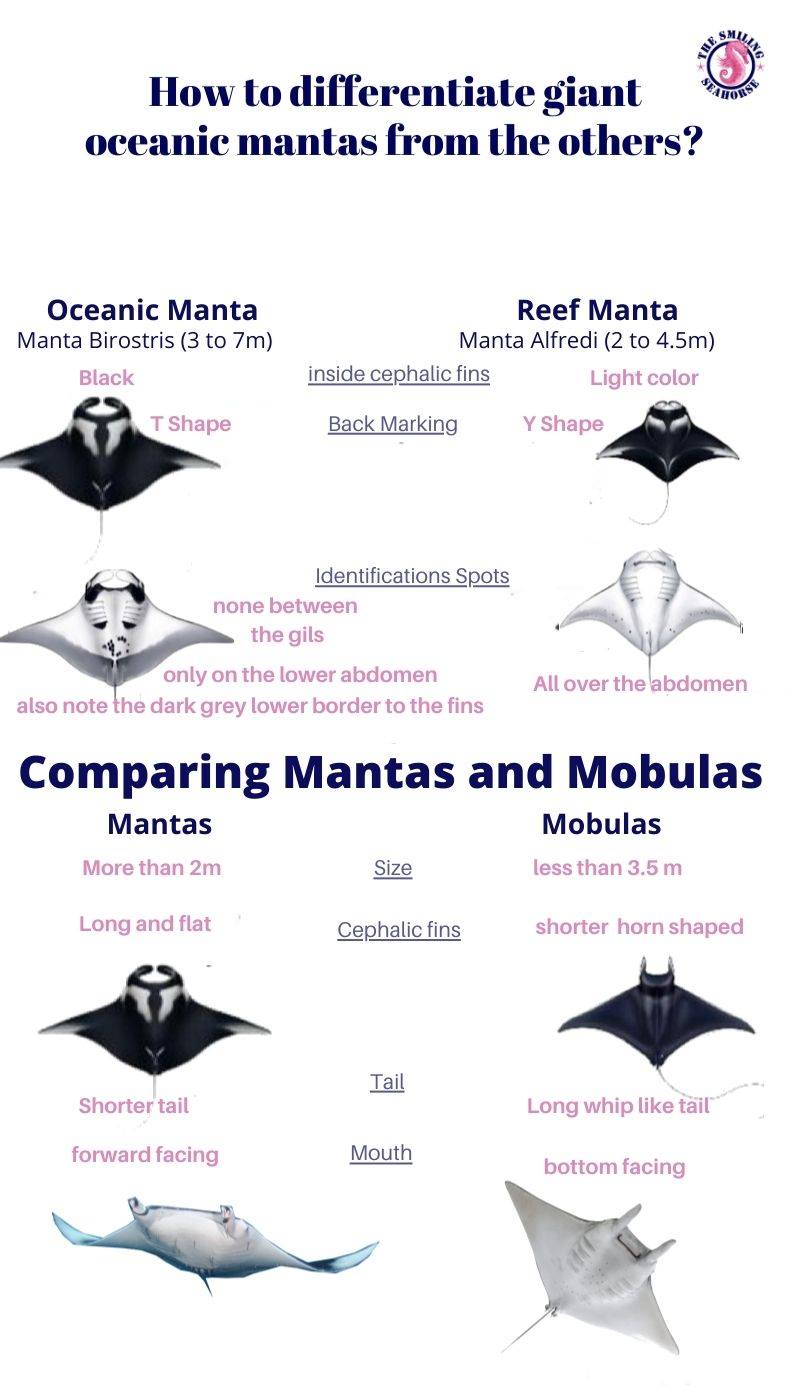
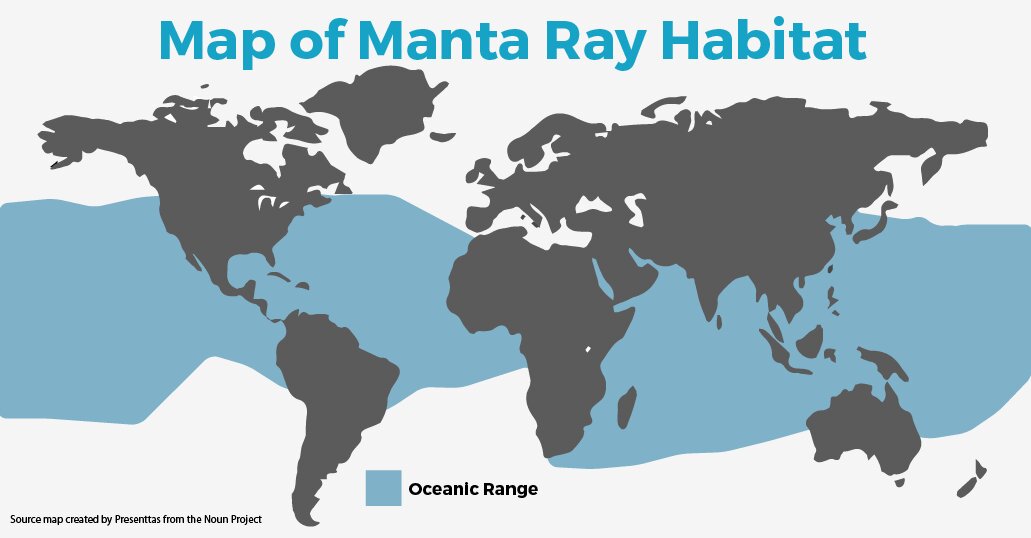

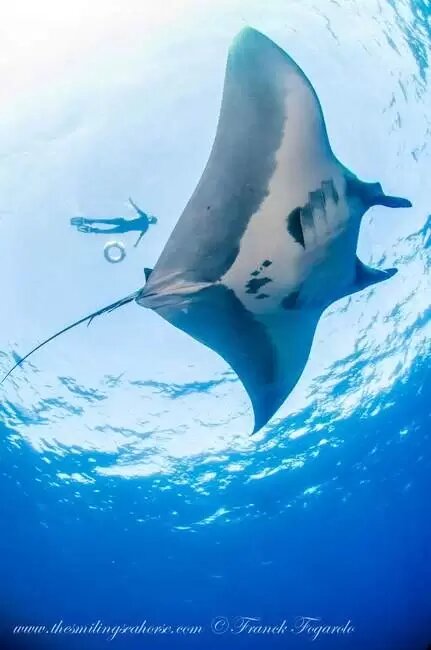
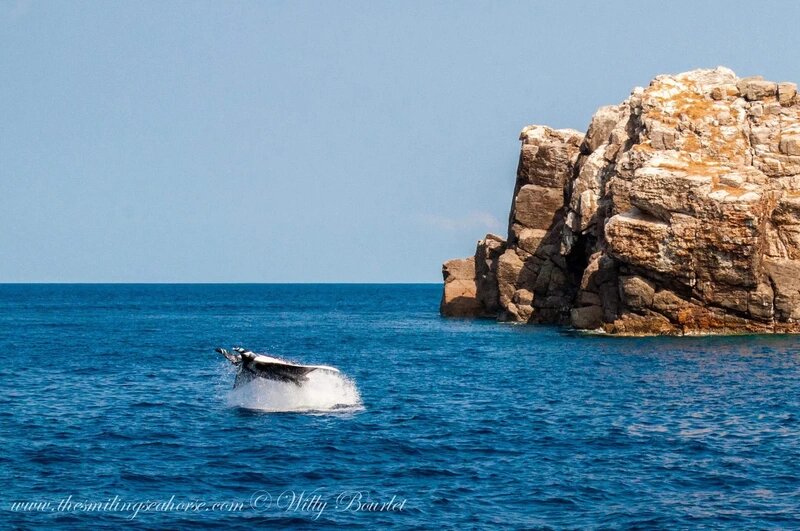
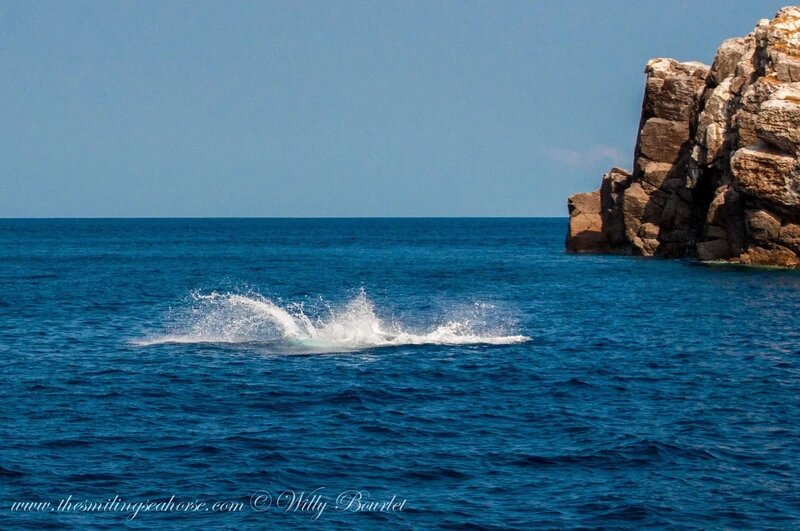
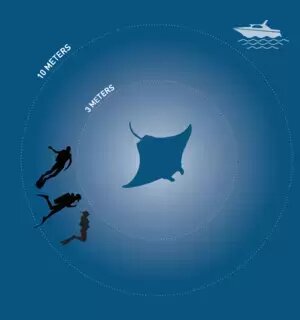
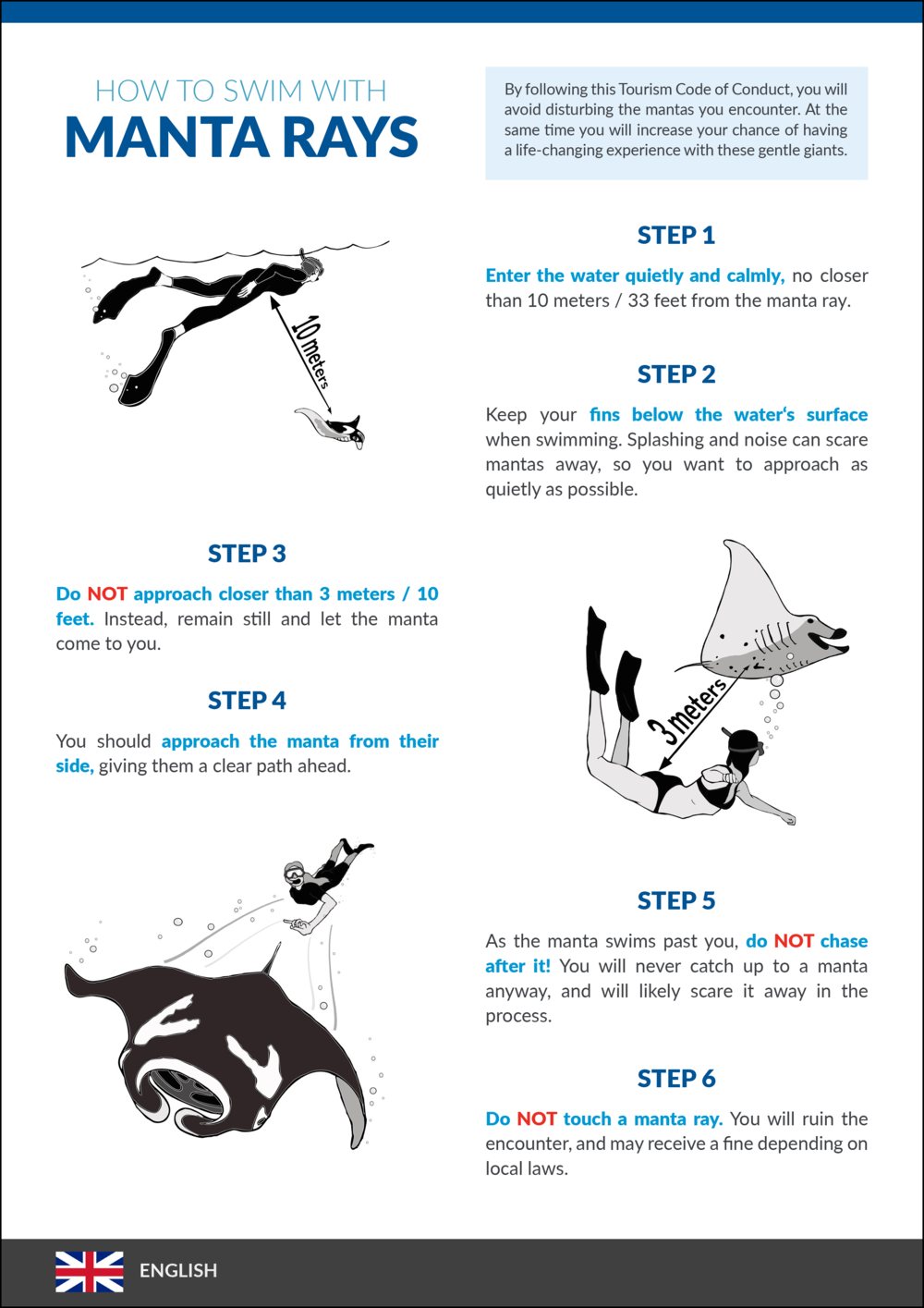
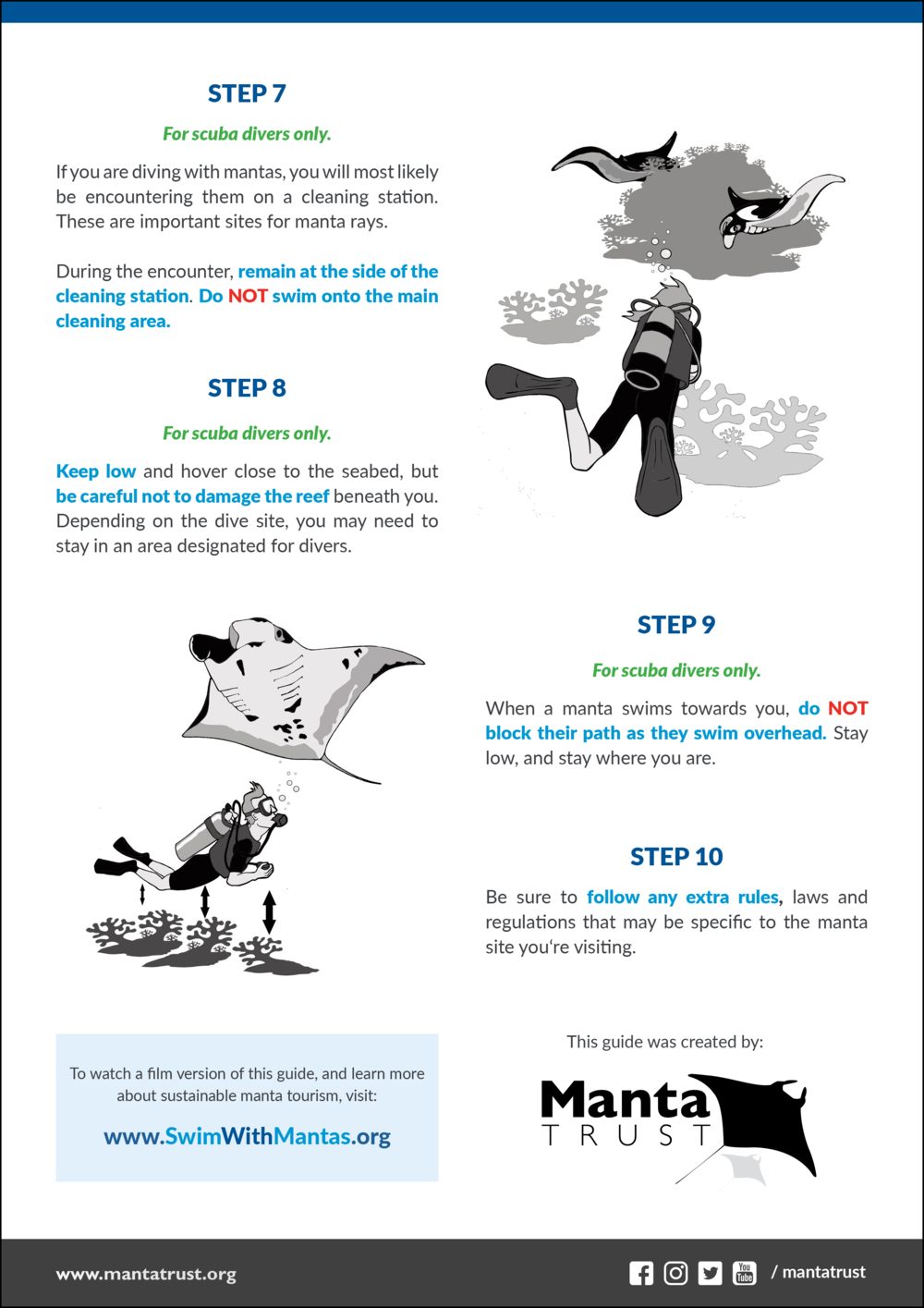
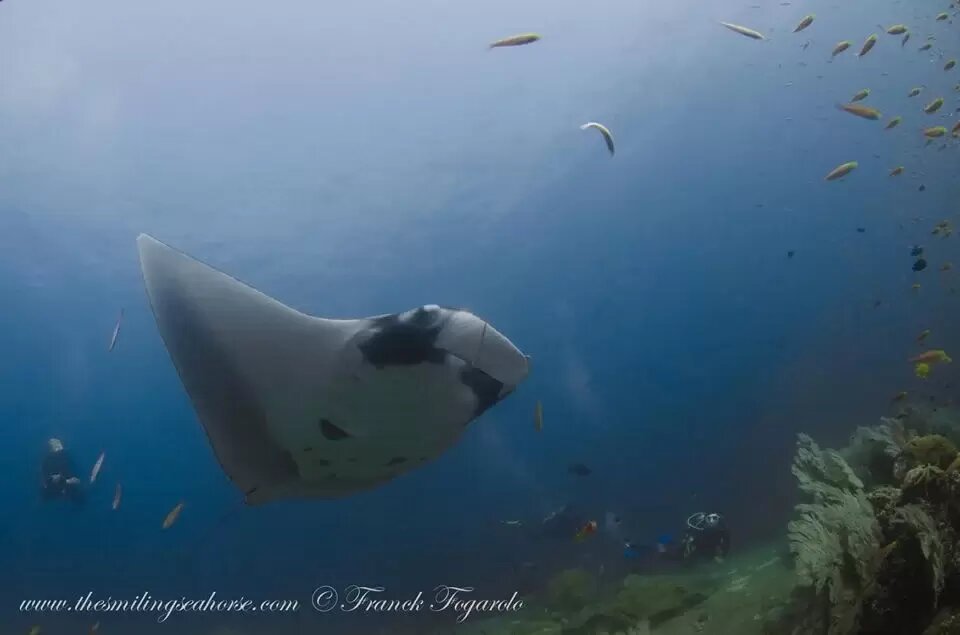
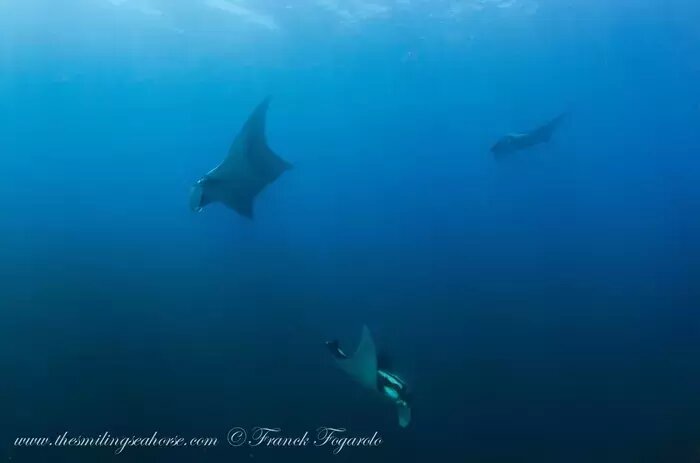
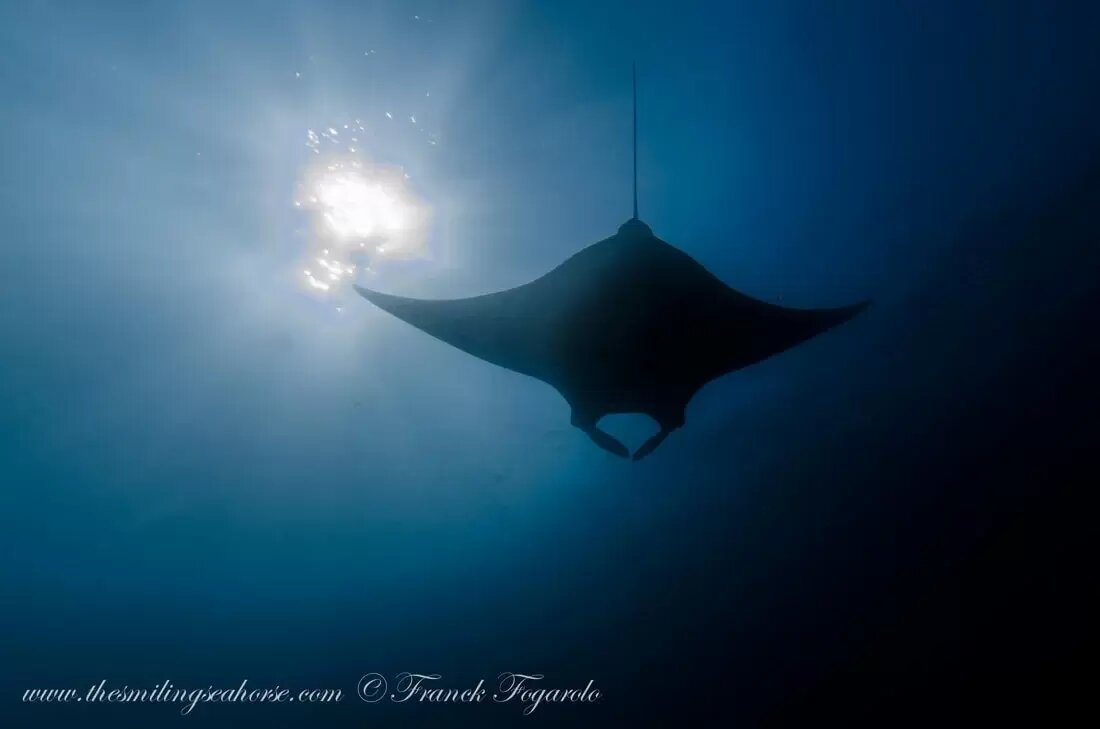
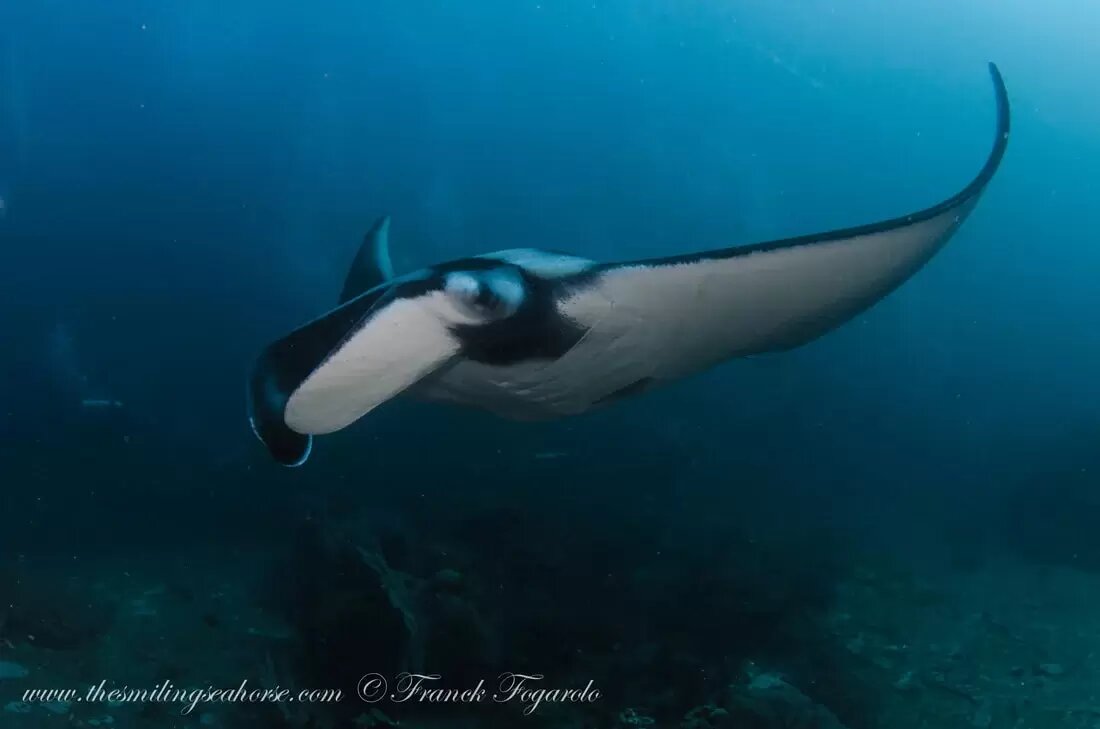
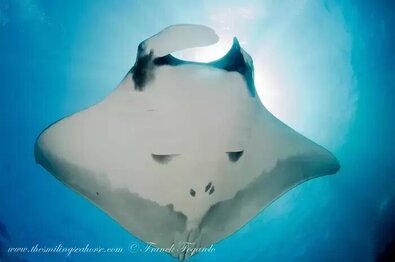
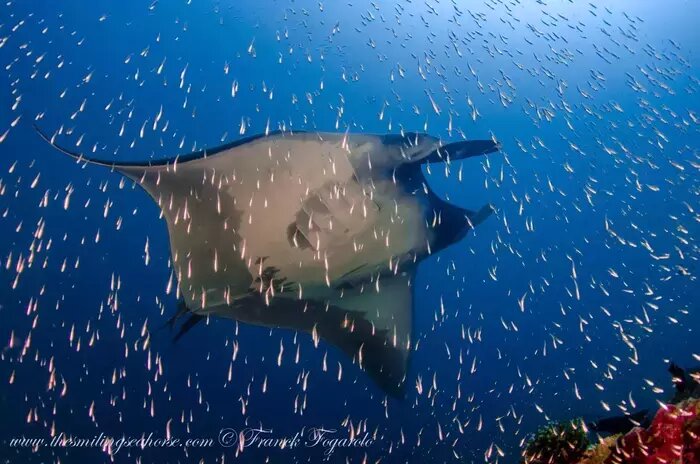
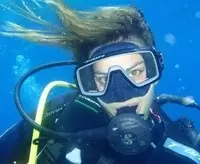

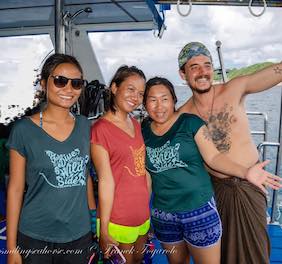
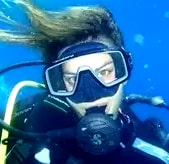

 RSS Feed
RSS Feed




